Product Description
Pelham Bit with Brass Lozenge and Blue Sweet Iron
Pelham bit with brass lozenge and salivation and acceptance enhancing blue sweet iron. This is a double action bit that uses two reins to either act as a bar snaffle with direct pressure (no leverage) or a curb bit with leverage. Cheek height (leverage action) changes with the bit size, increasing the shank length as the mouth piece increases.
- Leverage bit + bar snaffle (double action bit)
- Use double reins or pelham rounding
- If using double reins, snaffle reins are slightly wider than the curb rein
- Sizes from 4.5, 5in, 5.5 and 6 inch
- Mouth pieces thickness = 14mm
- Cheek Heights (leverage)
- 124mm (4.5in)
- 130mm (5in)
- 140mm (5.5 and 6in)
Pelham Bit with Brass Lozenge is a great compromise between the action of a snaffle and the effects of a curb bit.
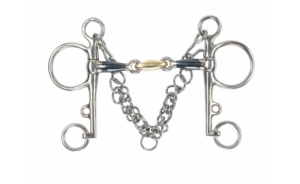
Pelham Bit Description
You can also use a pelham converter or rounding to use just one pair of reins. When looking at the bit, the top ring of the pelham is called the snaffle ring and the bottom is called the curb ring. Unlike regular snaffles, a curb chain is always used with a pelham, affixed under the horses chin. The curb chain acts as a fulcrum for the shanks. The leverage of a Pelham bit comes from the shanks which can range in length and therefore amount of leverage available. Shires makes this bit and they call the shank measurement “cheek heights”. There are many mouthpieces available for pelham bits including rubber, plastic, nylon or metal such as this one with blue sweet iron metal and a copper lozenge. A copper lozenge distributes pressure over both the tongue and bars of the mouth.
How severe is a pelham bit? Due to the leverage action of the pelham, they are considered stronger bits when compared to a regular snaffle such as the eggbutt snaffle. When used with a single rein and pelham rounding, the bit acts more like a kimberwicke bit, not clearly a curb nor a snaffle. That being said, Pelham bits are equipment sanctioned by the US Pony Club. Pony Club’s general policy regarding bits is as follows:
“No Pony Club member will be permitted to ride with any bit or control device that is considered unsafe, inhumane, or deterimental to good riding and training”.
Snaffle, Kimberwicke, and pelham bits are the most commonly used in Pony Club. – PG. 157, US Pony Club Intermediate Horsemanship Manual, 2nd Edition by Susan Harris
Fitting A Pelham Bit
Similar to a Kimberwicke, Pelham bits should create none or only a single small wrinkle at the corner of the horses mouth. A pelham should have about a quarter of an inch on both sides of the mouth. If the bit is too narrow, it may pinch the lips and cause sores. Unlike regular snaffles, pelhams have a curb chain that needs to be properly fitted flat against the horses chin. To get your chain flat, twist the curb chain clockwise (towards the horses chest) until all the links are flat. Avoid loss of control and pinching your horses lips by not allowing the curb chain to be too loose. If the curb chain is too tight it could result in the bit hurting the horses mouth. The rule of thumb is 2 fingers held sideways / away from the horse between the curb chain the the chin groove.
Lip Strap for Pelham Bit
These pelham bits do not include a lip strap but have the features. The hole on the shank is drilled out and the “fly” link on the curb chain is ready to install a lip strap. Some riders use a lip strap to keep the horse wearing the pelham from grabbing the side of the bit (shanks) with their lips. If your pony or horse has this issue, you will need to purchase a pelham lip strap.
Other Mouthpieces
Not to worry, if the copper lozenge jointed mouthpiece is not what you’re looking for, we’ll find you another. Other pelham mouths are low, medium and high ports and the mullen mouth which is a half moon shape. Please contact us to purchase on of these other mouthpieces for your pelham.


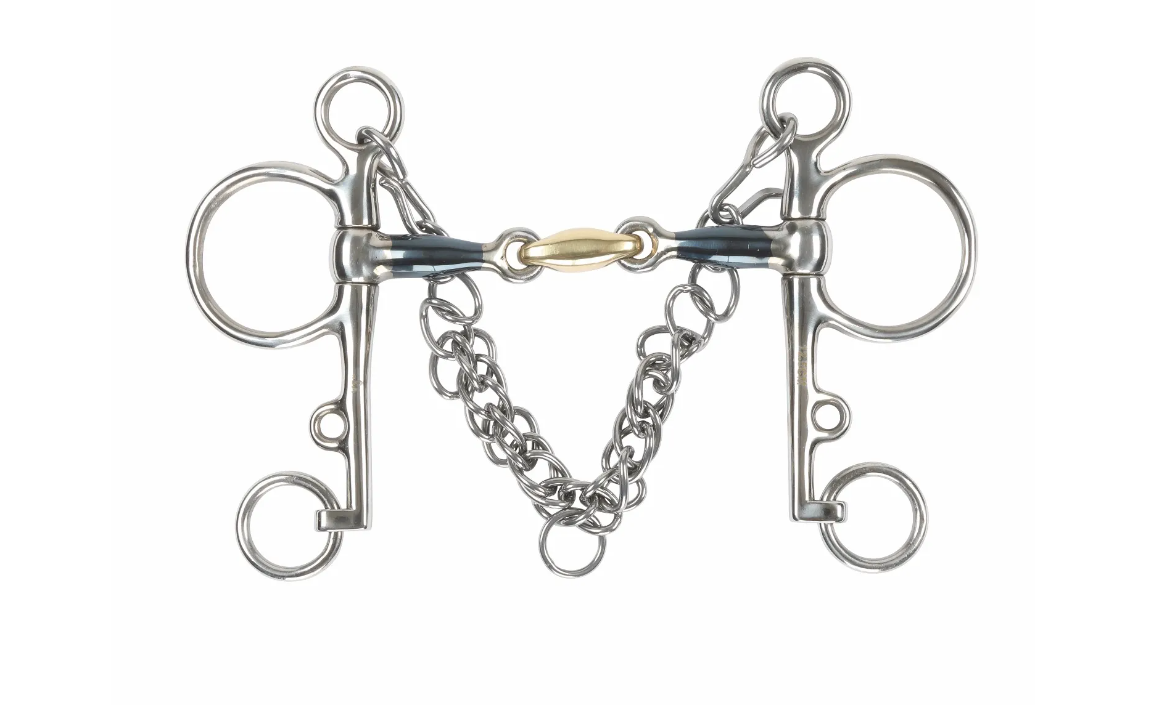
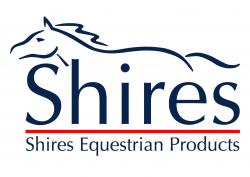
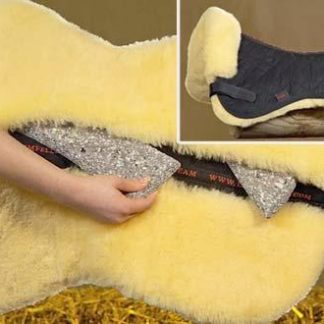
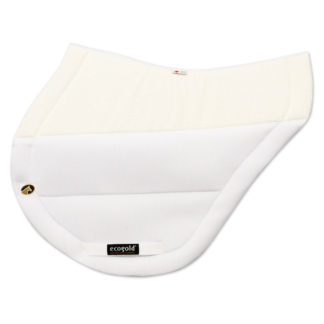
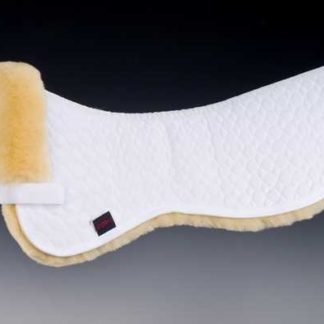
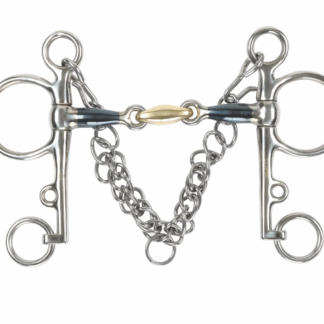
Reviews
There are no reviews yet.